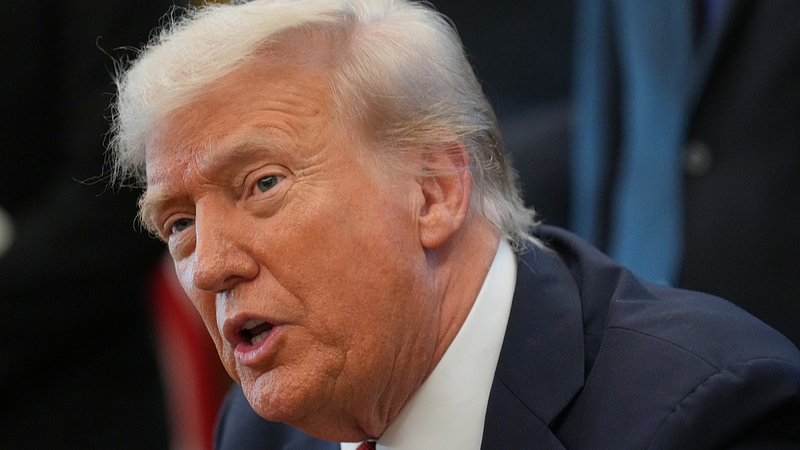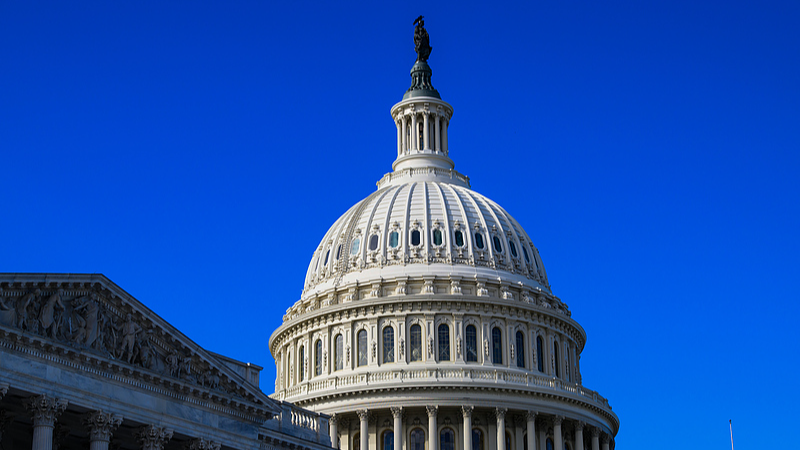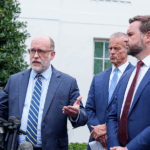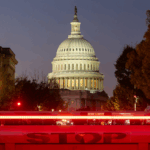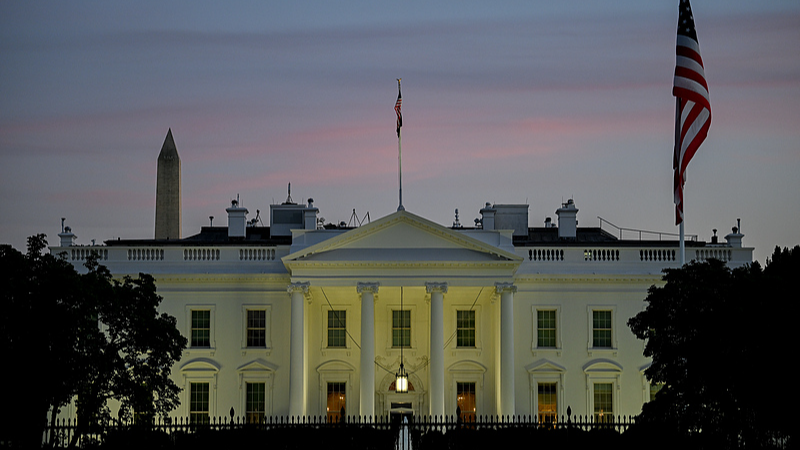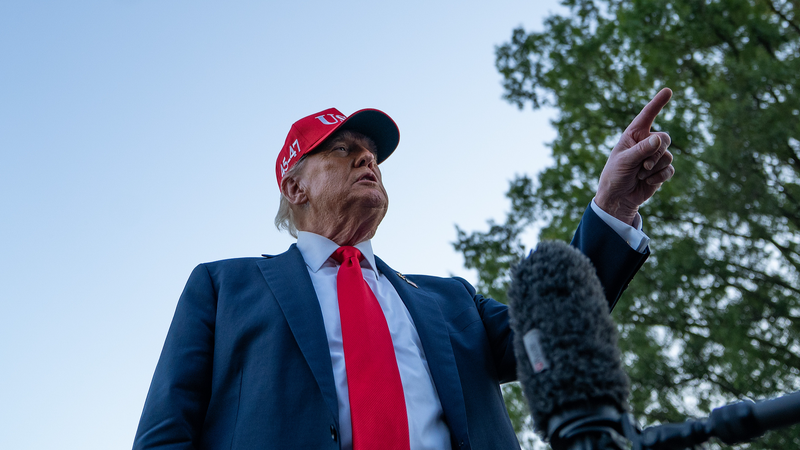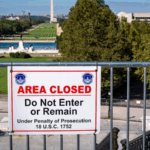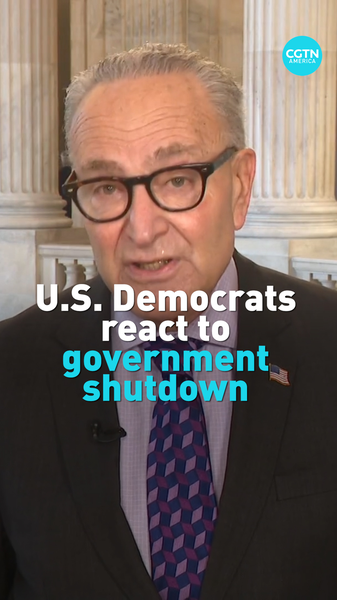The U.S. federal government has entered its first shutdown in nearly seven years, escalating tensions between President Donald Trump's administration and Democrats. Approximately 750,000 federal employees face unpaid leave, while $1.7 trillion in agency funds remains frozen, impacting a quarter of annual federal spending. The stalemate reflects deepening political polarization, with Republicans and Democrats failing to pass competing funding bills tied to healthcare subsidies.
Democrats Rally Against Trump’s Demands
Democratic Senator Chris Murphy emphasized resistance to Trump’s tactics, stating, "Democrats' spines should stiffen to oppose his corruption." Media outlets note rare unity among Democrats, who are prioritizing healthcare affordability despite risks. The Associated Press described the party’s stance as a "shutdown fight" against Trump, contrasting their fragmented response in March.
Unprecedented Partisan Hostility
Former White House official Patrick Griffin highlighted the "hostility and vitriol" driving the impasse, signaling a potential prolonged shutdown. Prediction markets suggest a 62% chance the closure lasts over 15 days, threatening broader economic and political repercussions. Analysts warn the deadlock exemplifies worsening polarization, where defeating opponents often overshadows policy solutions.
Broader Implications of Political Gridlock
The shutdown underscores systemic challenges in U.S. governance, with issues like immigration and healthcare fueling division. Recent events, including the politicization of a conservative activist’s death, reveal a focus on partisan attacks over substantive debate. As Griffin noted, this shutdown is "very different" — a symptom of a fractured political landscape with global implications.
Reference(s):
cgtn.com
